Christof Migone is an artist, curator and writer. His work and research delve into language, voice, bodies, performance, intimacy, complicity and endurance. He obtained an MFA from NSCAD in 1996 and a PhD from the Department of Performance Studies at the Tisch School of the Arts of New York University in 2007. He has been the recipient of commissions from the Tate Modern, Dazibao, Kunstradio, Centre for Art Tapes, New Adventures in Sound Art, Radio Canada, New American Radio. He is a founding member of Avatar (Québec City).
CRACKERS PROJECT
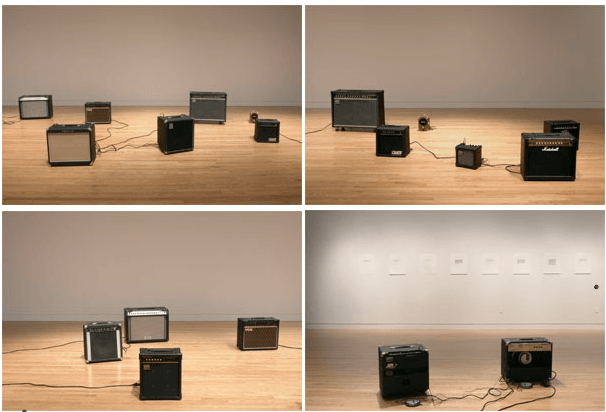
Interval (2005 – ongoing)
Representatives of every age between 10 and 60 are asked to repeat their age at the rhythm they choose for the equivalent of their age in minutes (eg. a 38-year old person repeats 38 for 38 minutes). Sound.
Interval sounds the space between moments, times, spaces, lives. It poses oddly phrased questions: How many times old are you? How divided is your time? How old is your rhythm? How does your age rhythm space? Interval depicts the space in between us, as a rhythm, as a timeline, a pastime, a divided place.The numbers punctuate the space, they constantly reiterate the person’s presence in the here and now, a sort of counting in place. At a standstill, not 1,2,3, … but x, x, x, …. What interests me here is how each participant, given this mundane task, adopts a unique rhythm —some are constant, others erratic; some have a rapid-fire anxious delivery, others have a slow and relaxed output. Each person’s presence permeates the repetitive act, they temporarily become the number—hence the peculiar phrasing of the epigraph: “Every creature is a specific rhythm”. Augustine viewed the alternation of sound and silence in music as a manifestation of the alternation of nonbeing and coming into being.
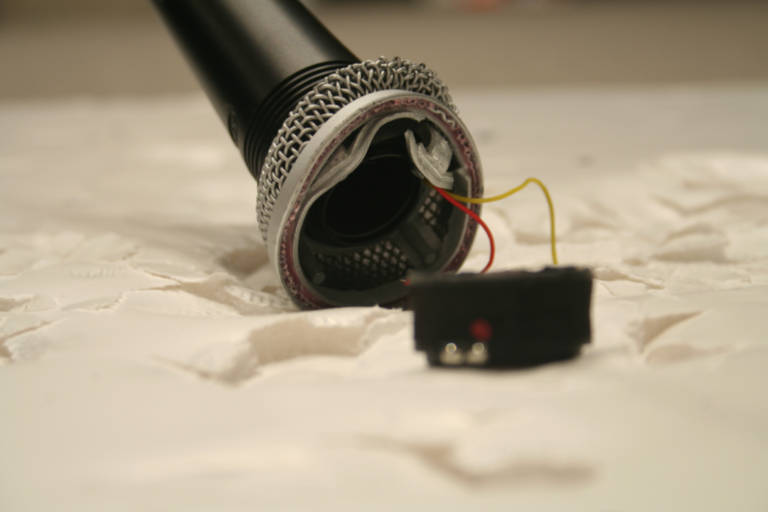
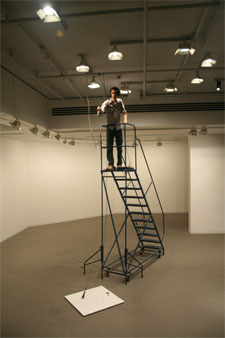
Microfall (2006)
A microphone is dropped repeatedly from the ceiling until the microphone no longer works. Number of falls until destruction of microphone: 87.
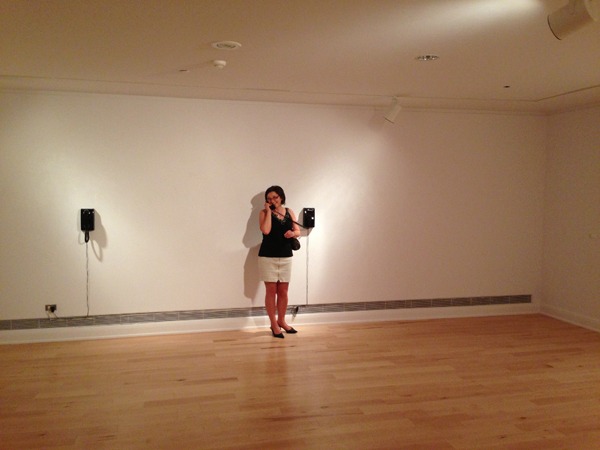
Two old style phones without dials, installed side by side on a wall, left-right phones, stereophones. They ring intermittently, but the visitor can pick up either phone at any time. On one all you hear is the sound of licking, close and intimate, for salivaphiles. On the other you hear a voice telling you that the sound you hear on the other phone is the sound of the artist thoroughly licking the phone, it is left ambiguous as to which of the two phones has been licked (in fact, both have).
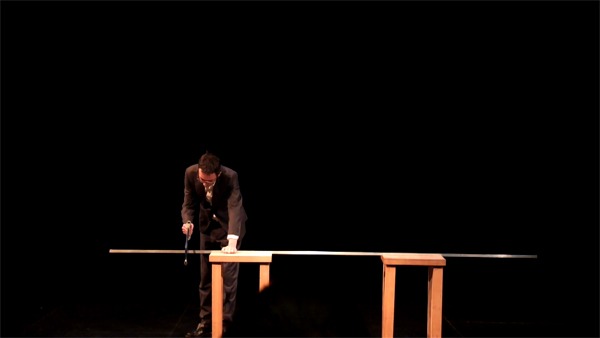
John Cage has referred to his famed 1952 composition 4’33” as a work that could be pronounced either ‘four minutes, thirty-three seconds’ or ‘four feet, thirty-three inches’.
In this performance I attempt to pronounce 4’33” both ways simultaneously by sawing a piece of 4″x4″x8′ cedar into 4 feet and 33 inches where the sawing of one end marks the beginning of the count towards 4 minutes and 33 seconds. Once the time set by the composition has ended the sawing of the other end begins. The three movements within the piece (0’33”, 2’40”, 1’20”) are marked by nicks of the saw in the wood. For the Cage conference in Toronto, the fourth iteration of the piece, a solid piece of metal was used.
The video and still are from the first performance of the piece in Montreal. Towards the end of the performance you will notice my impromptu attempts to bypass my poor sawing skills and the fact that I had the wrong-sized saw.
Sourced from Christof Migone’s Website
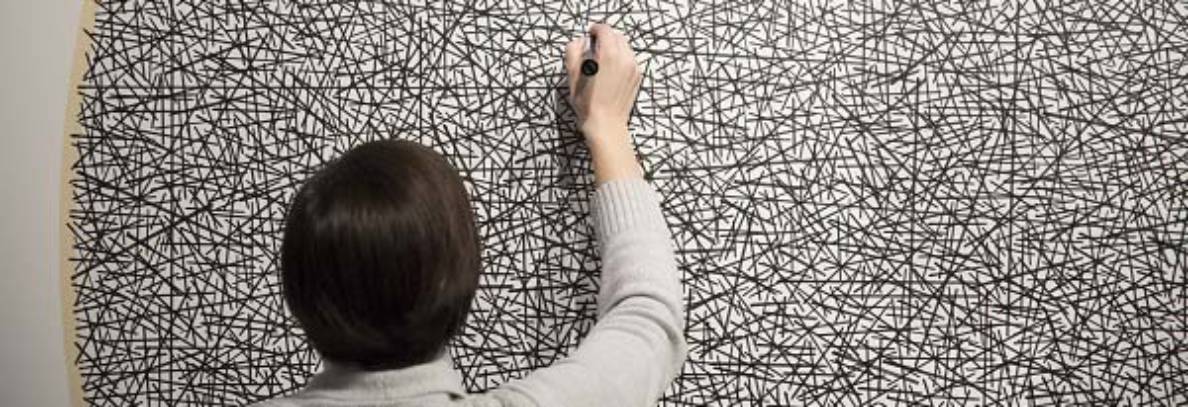





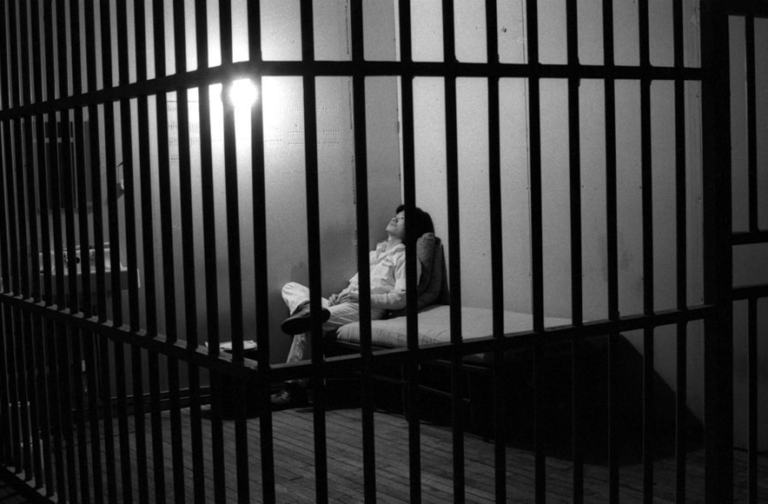
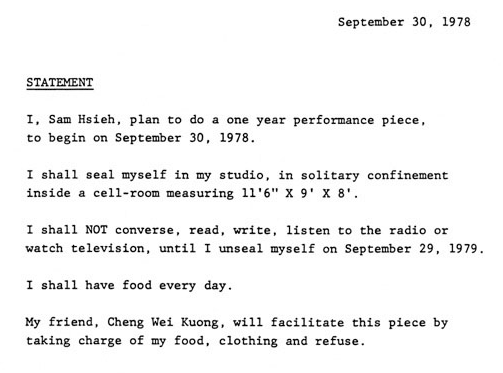
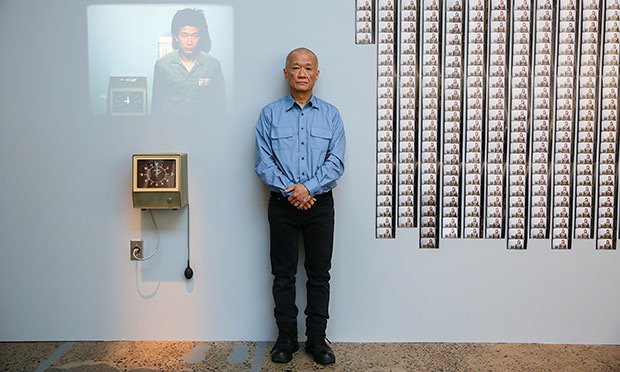
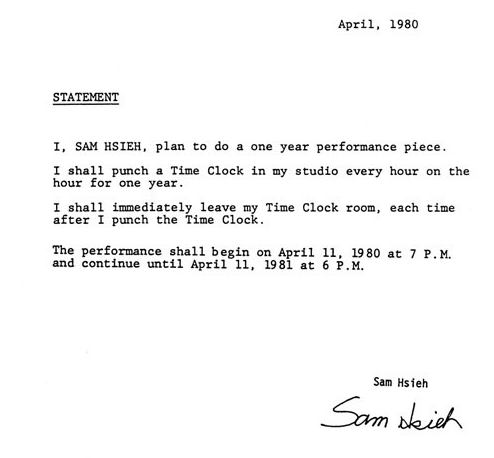
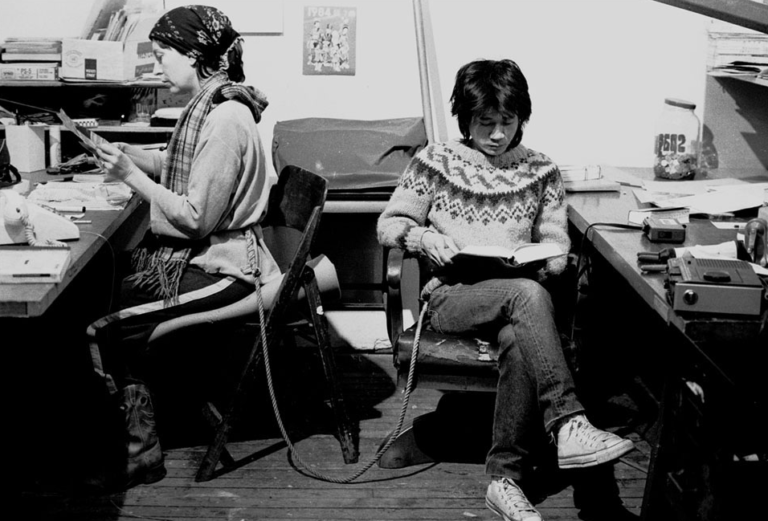
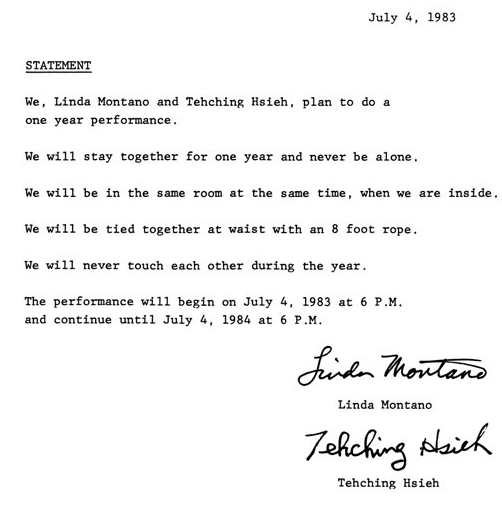
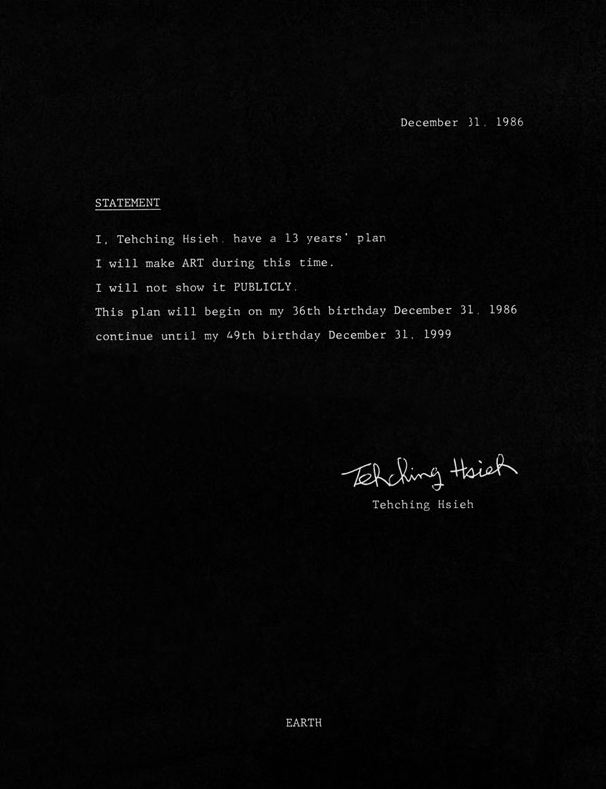
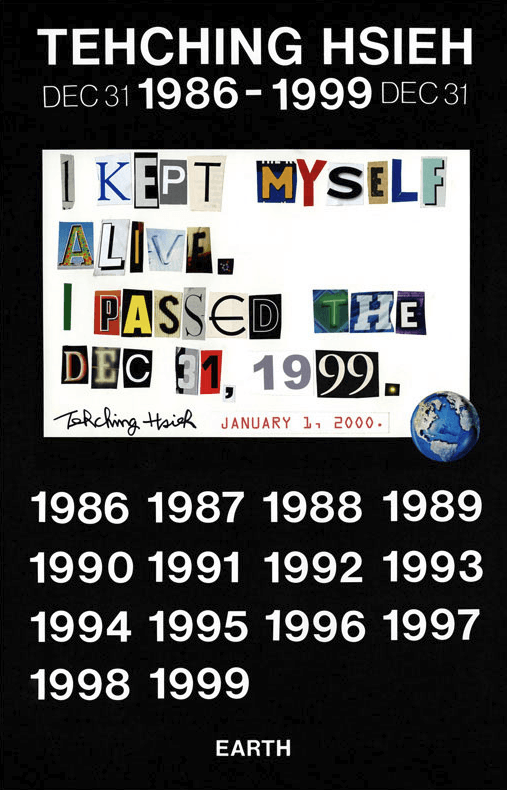
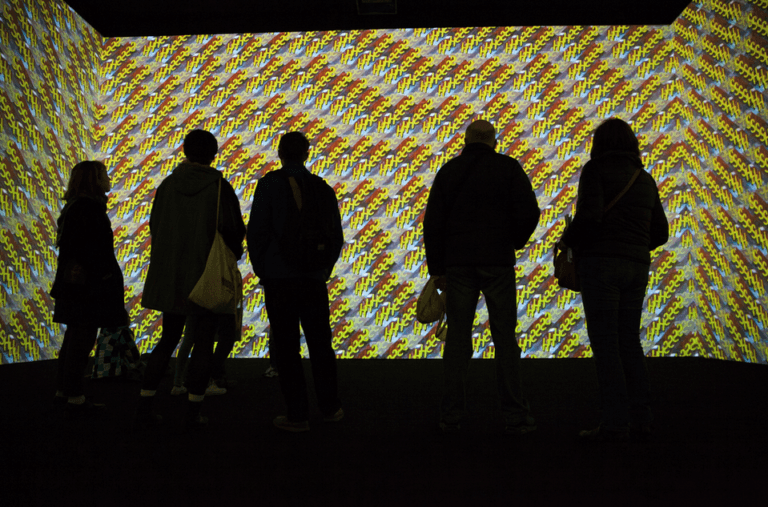
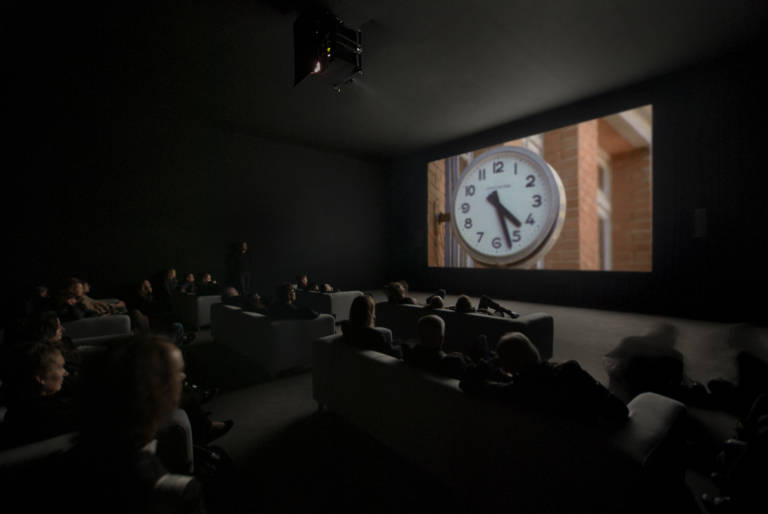
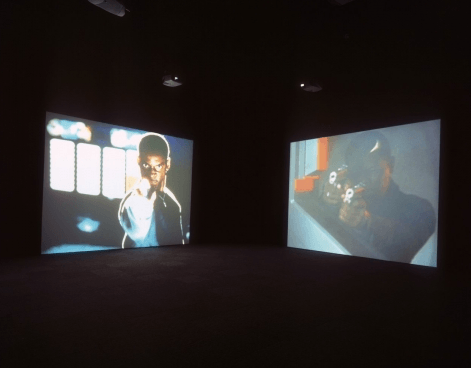
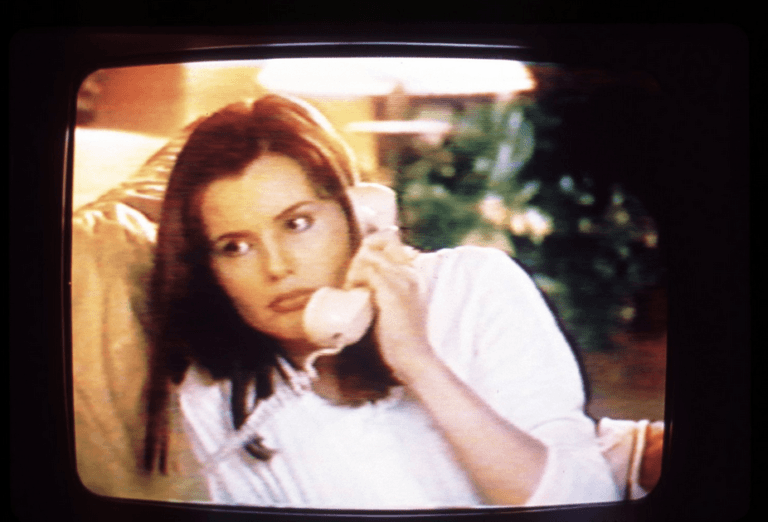
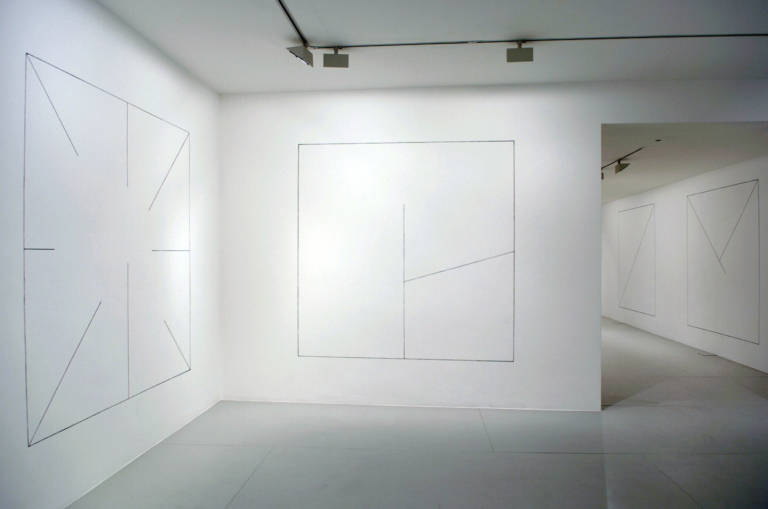
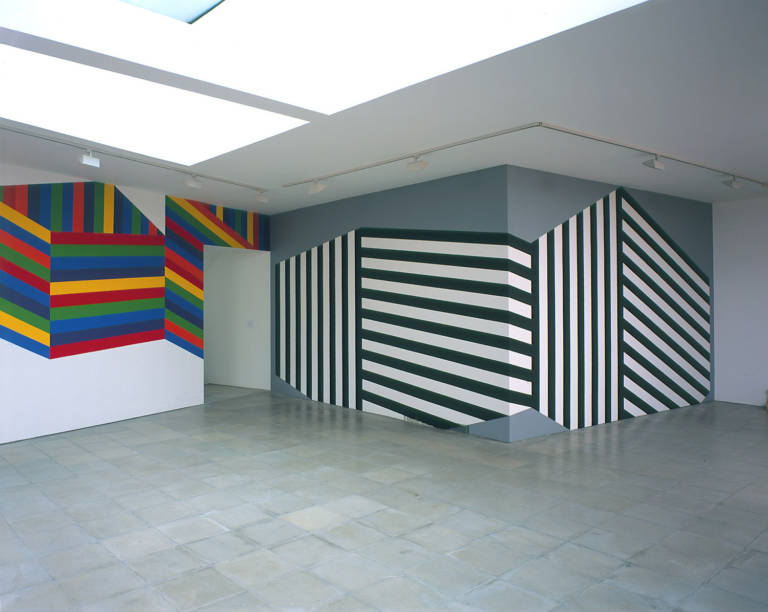
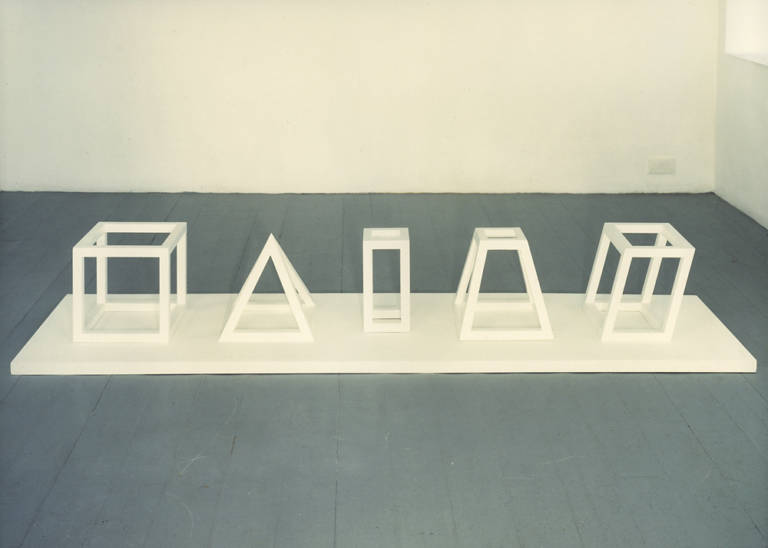
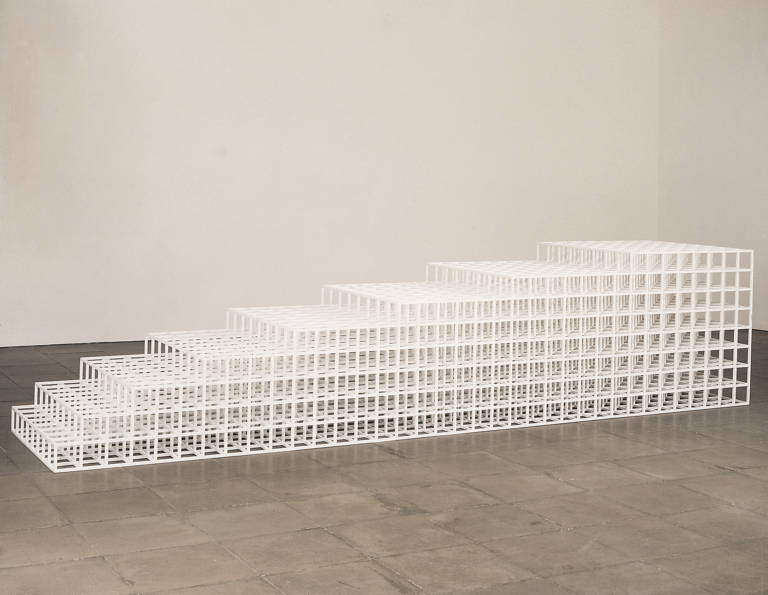
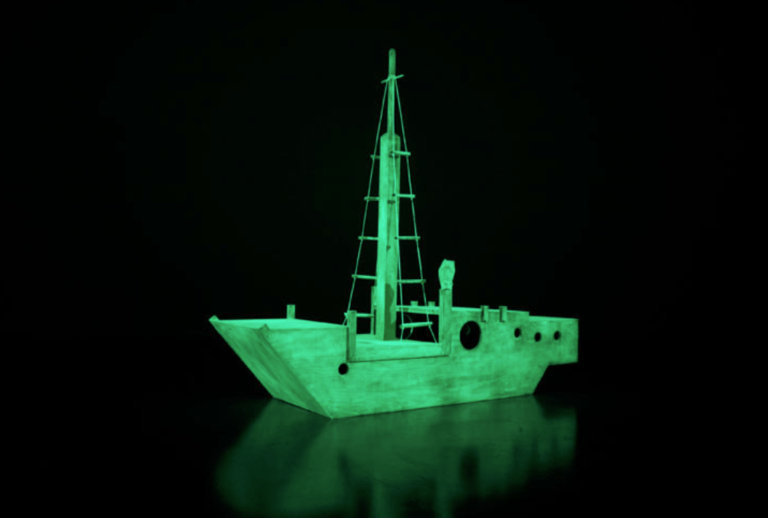
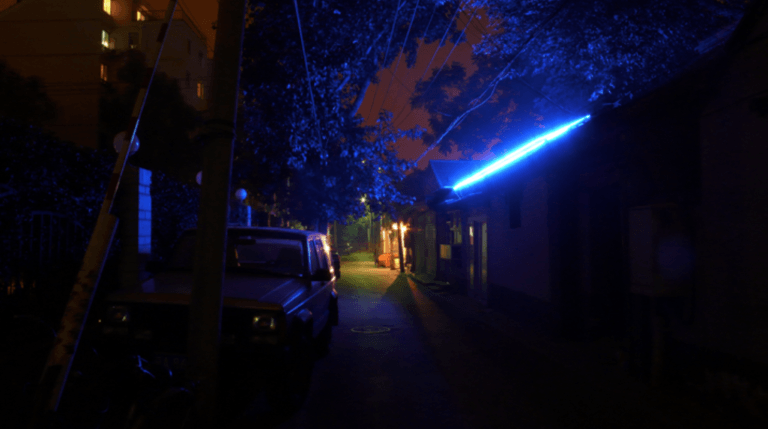
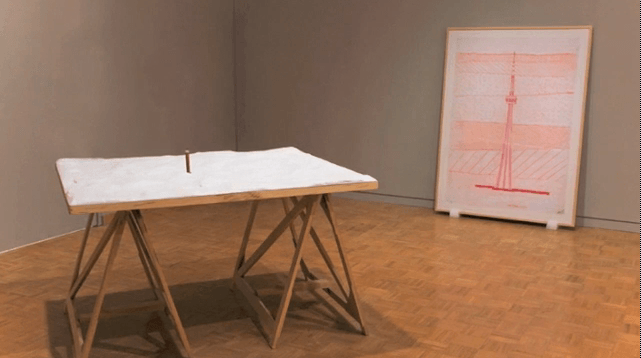

You must be logged in to post a comment.